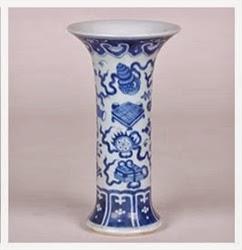
I am linking up on The Pink Pagoda today for the blue and white bash.
I have always wondered why blue and white? Why not green and white or black and white or some other color in Chinese porcelain?
Early Chinese porcelain is most often decorated in blue and white that came from Persian cobalt, a valuable commodity about twice the value of gold at the time and highly prized.
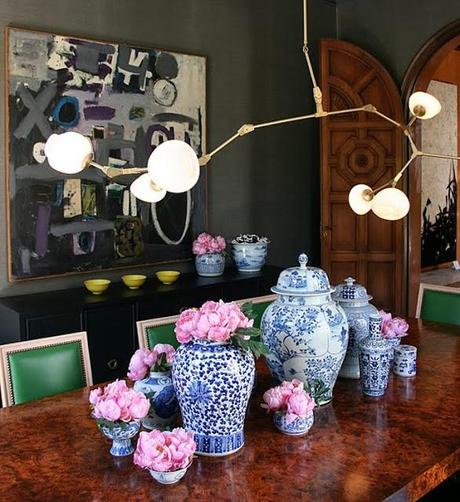
Each time you look at blue and white porcelain imagine the diminished visual impact that gold would have. Bling just isn't the same.
In reading about the history of blue and white porcelain, I learned that it fell out of favor for a time during the Early Ming dynasty.
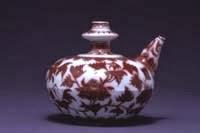
The Seattle museum of art explains the red: Late fourteenth-century porcelain decorated in underglaze copper red outnumbered wares with underglaze cobalt blue. The shift to copper-red pigment for underglaze painting appears to have been motivated by multiple factors, including the desire of the first Ming emperor to break with the immediate past and assert the Chinese character of the new dynasty. Other factors are the auspicious associations of the color red and the fact that the emperor's family name, Zhu, signifies 'red.'
I am so glad that trend did not take hold. The export trade that began in the early 14th century continued to drive demand for blue and white.
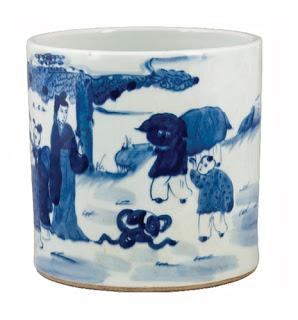
Porcelain decorated only in blue pigment painted under the glaze dominated the export trade until the very end of the seventeenth century.
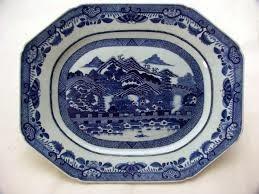
By the late nineteenth century, Chinese export porcelains, especially blue-and-white ware, had achieved a status in this country above the merely utilitarian. Looked upon with nostalgia, they became emblematic of the colonial era.
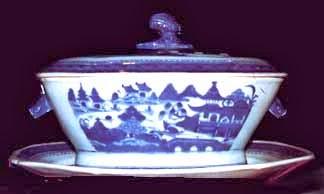

Each time you look at blue and white porcelain imagine the diminished visual impact that gold would have. Bling just isn't the same.
In reading about the history of blue and white porcelain, I learned that it fell out of favor for a time during the Early Ming dynasty.

The Seattle museum of art explains the red: Late fourteenth-century porcelain decorated in underglaze copper red outnumbered wares with underglaze cobalt blue. The shift to copper-red pigment for underglaze painting appears to have been motivated by multiple factors, including the desire of the first Ming emperor to break with the immediate past and assert the Chinese character of the new dynasty. Other factors are the auspicious associations of the color red and the fact that the emperor's family name, Zhu, signifies 'red.'
I am so glad that trend did not take hold. The export trade that began in the early 14th century continued to drive demand for blue and white.

Porcelain decorated only in blue pigment painted under the glaze dominated the export trade until the very end of the seventeenth century.

By the late nineteenth century, Chinese export porcelains, especially blue-and-white ware, had achieved a status in this country above the merely utilitarian. Looked upon with nostalgia, they became emblematic of the colonial era.

